Description
Coins have a long history as a collectible, one far older than that of meteorites. Stories of the famed emperor Augustus collecting and gifting old and foreign coins appear in Suetonius’s De vita Caesarum, which was published in 121 AD. Modern coin collecting centers around a variety of approaches, including historical, artistic, topical, and economic.
In 2004, Liberia made history as the first country to authorize the issue of a legal tender coin; a silver coin embedded with a piece of the NWA 267 meteorite. Multiple countries have followed suit, and meteorite collectors can now also add artistic commemorative coins, such as this, to their collections.
An affordable alternative to silver coins, this coin depicting the well-known Barringer Crater, today known as Meteor Crater, is made of stainless steel.
Meteor Crater is the most recognizable and best-known meteorite feature on Earth and is visited by many thousands of tourists annually. Recent studies estimate its age at 61,000 years. It was also the first proven meteorite crater. Geologist, miner, entrepreneur, and visionary Daniel Barringer was convinced the feature was a meteorite crater, defying the popular opinion of so-called experts at the time. Barringer spent a fortune searching for what he believe to be a giant meteorite buried under the crater. He was right about the crater, but wrong about the meteorite. We now know that the mass fragmented and part of it vaporized upon impact. But Barringer’s insight and determination gave him an honored place in meteorite history and the site is still sometimes referred to as Barringer Crater. Another key figure in space rock history, innovative meteoriticist H.H. Nininger, conducted many years of important research at the site and also opened the world’s first private meteorite museum alongside nearby Route 66.
Meteor Crater was studied by legendary geologist Gene Shoemaker and some of the NASA Apollo astronauts were trained there prior to their moon missions. Canyon Diablo is a steep-sided ravine some distance west of the crater and meteorites found around the crater take their name from it (the convention being that meteorites are named after the nearest town or geographical feature to their fall location and they could hardly be named after the crater that they, themselves, formed). Meteor Crater is internationally recognized as a scientific site of unique importance and meteorite collecting there is no longer permitted. Older specimens that were found during the first half of the 19th century, or earlier, when collecting was still allowed are, therefore, highly desirable.
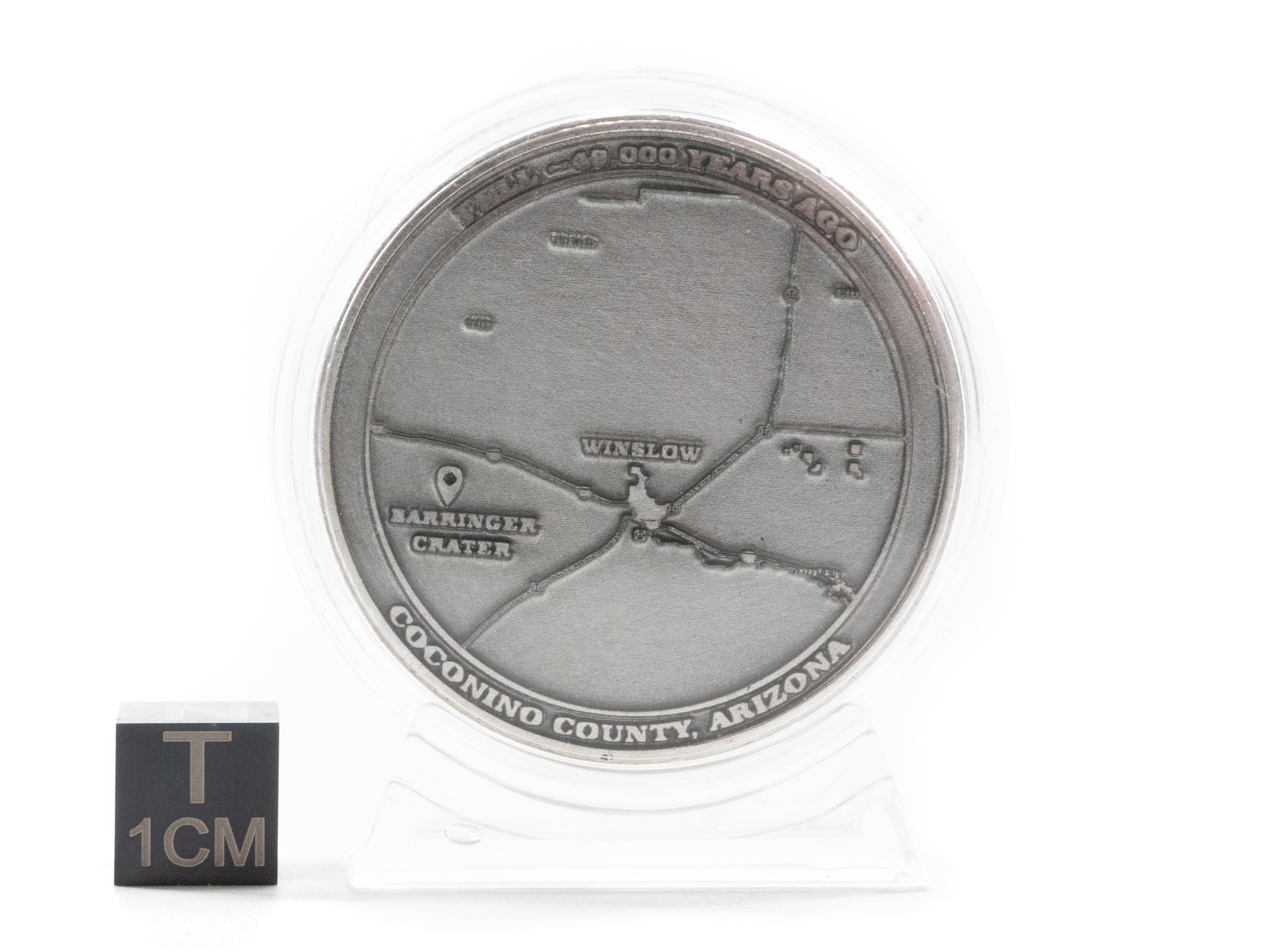
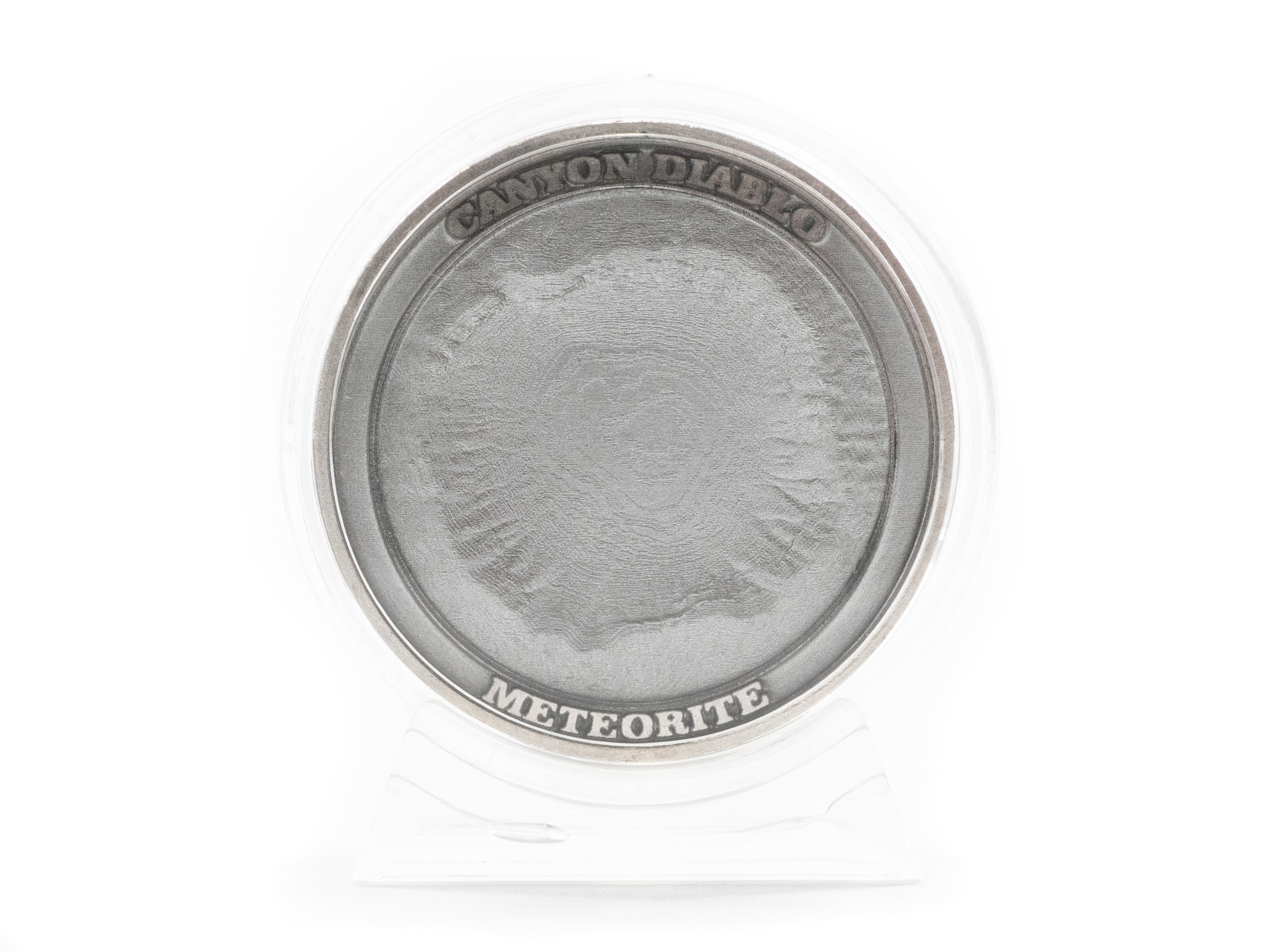

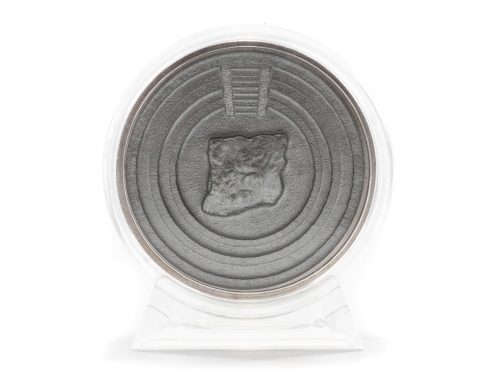
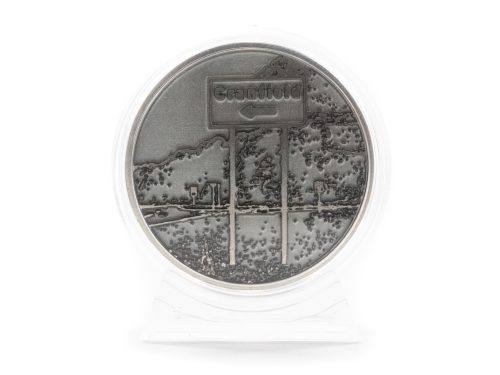
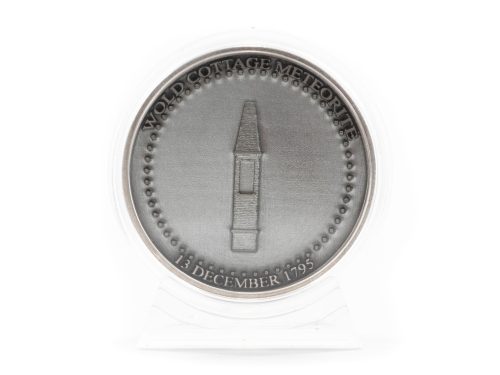
Reviews
There are no reviews yet.